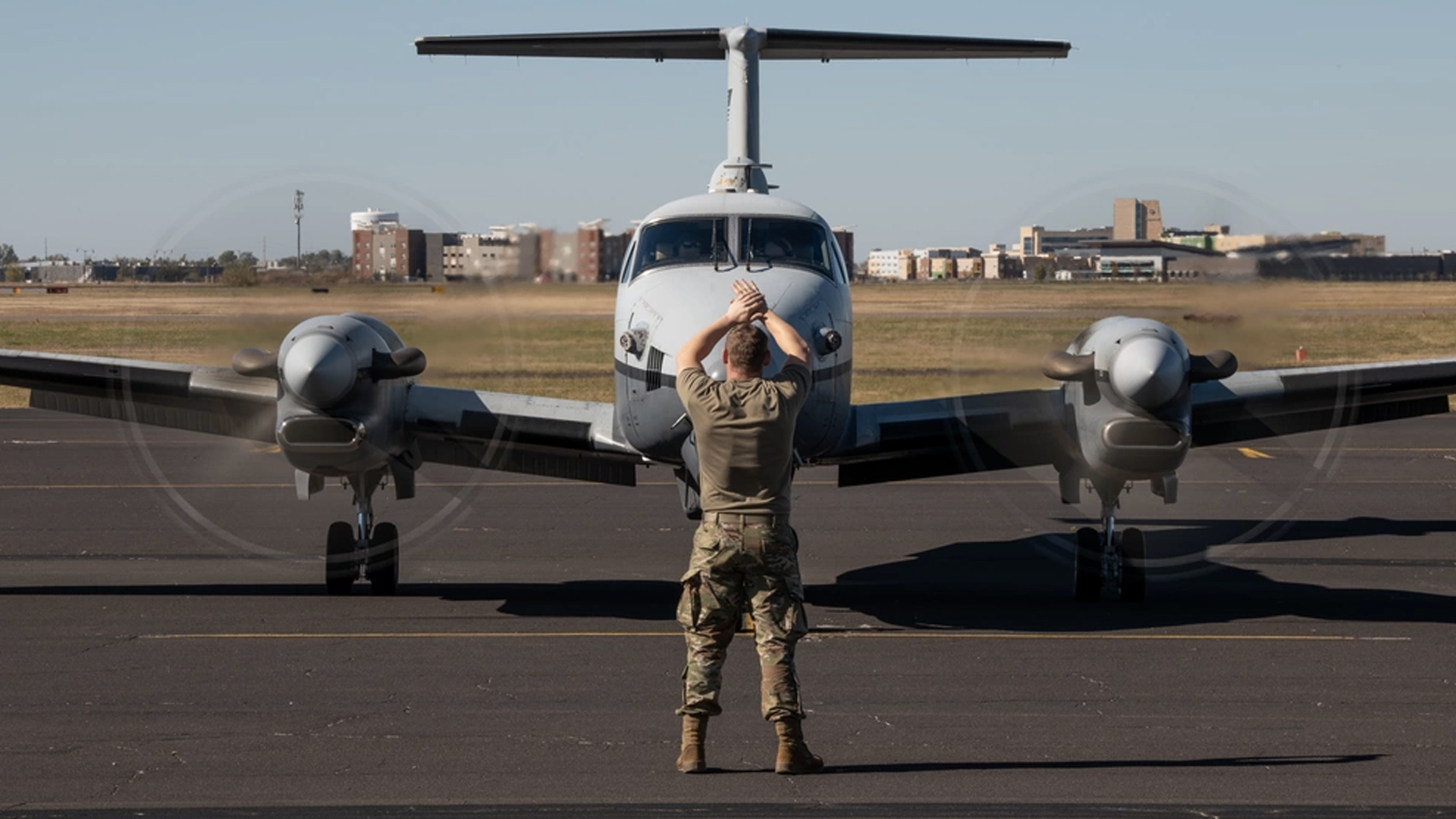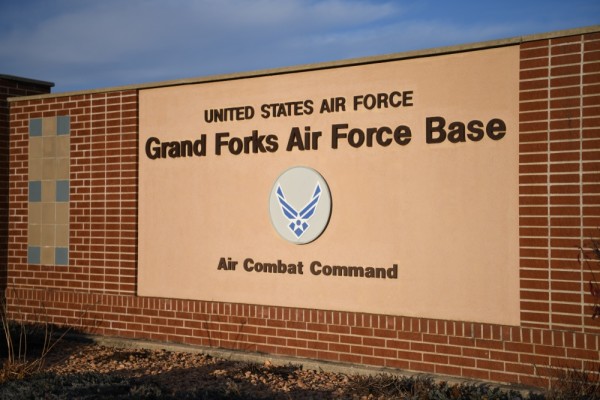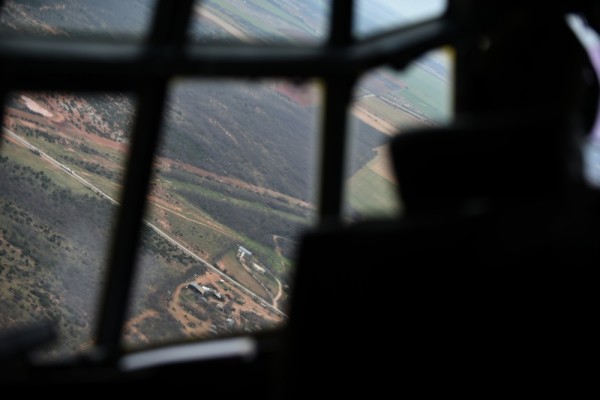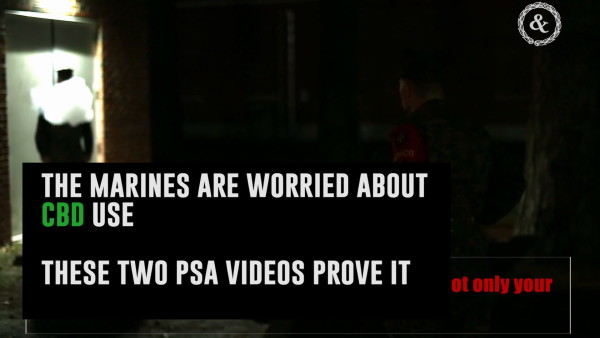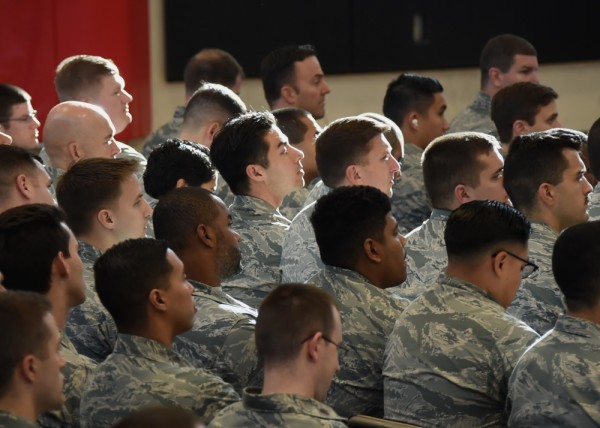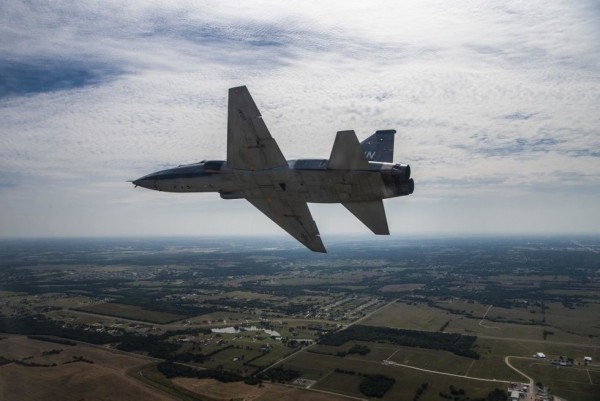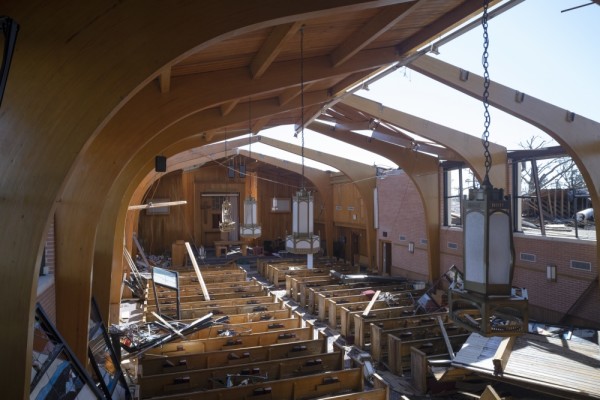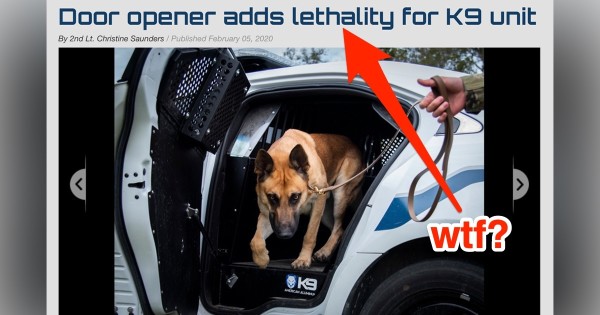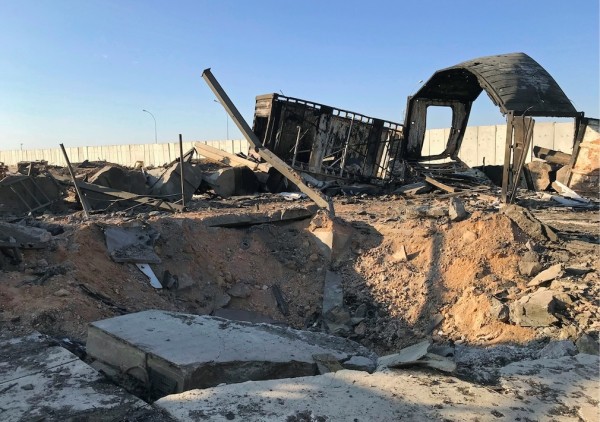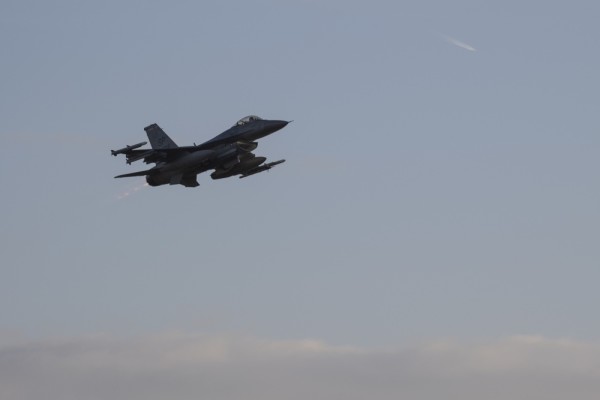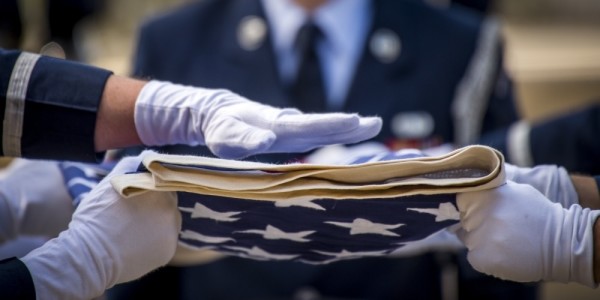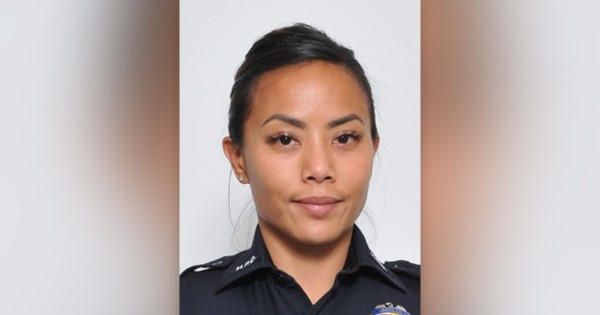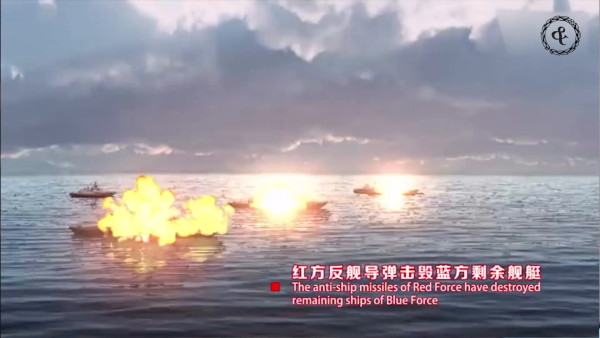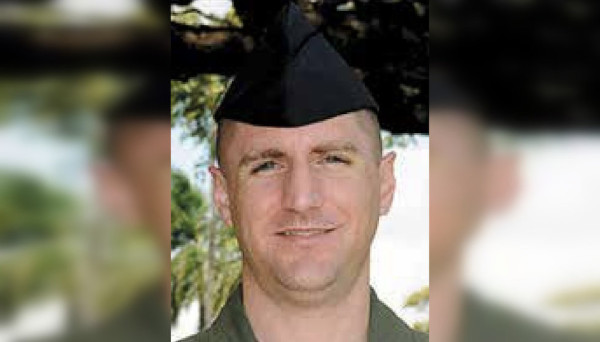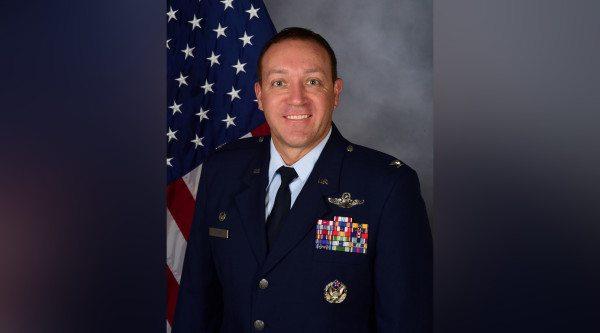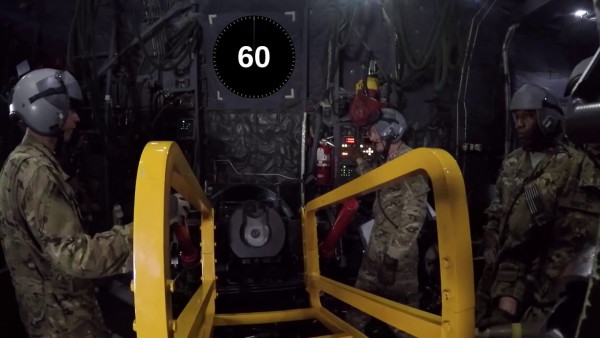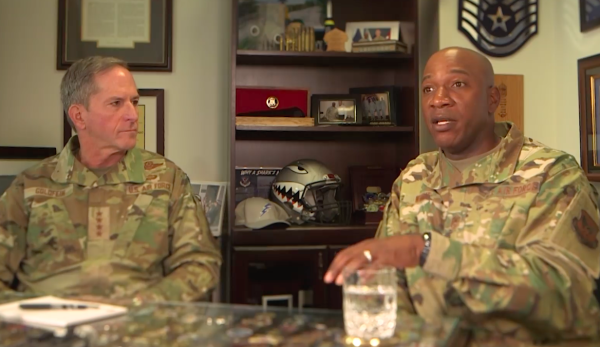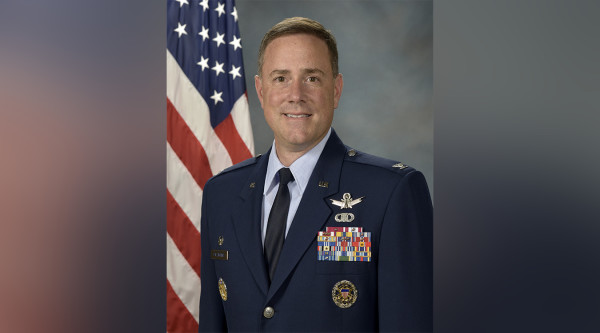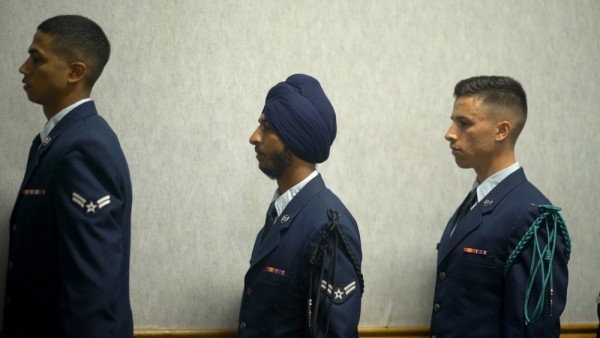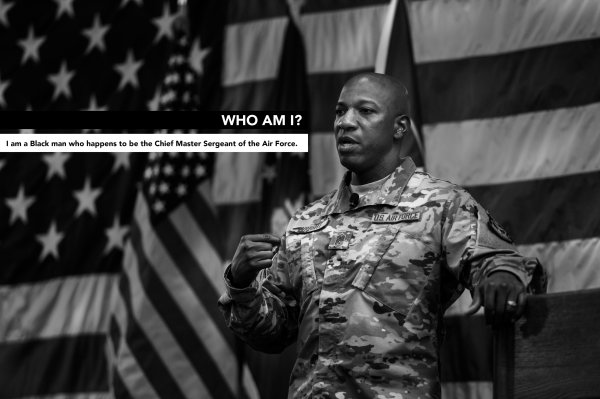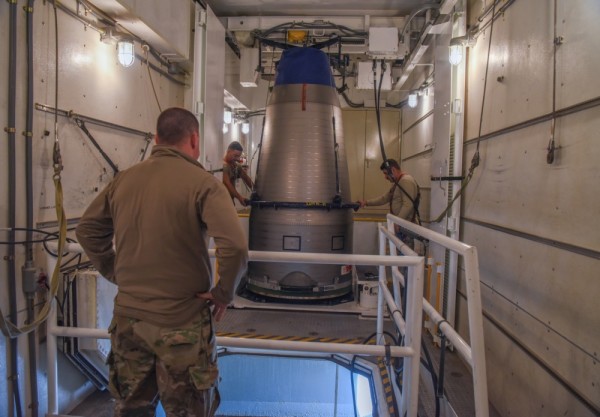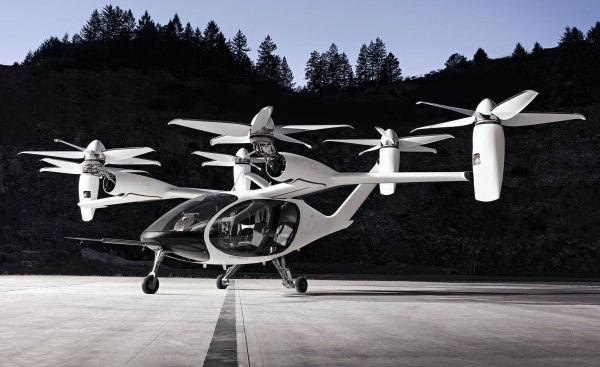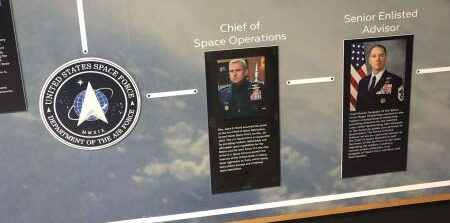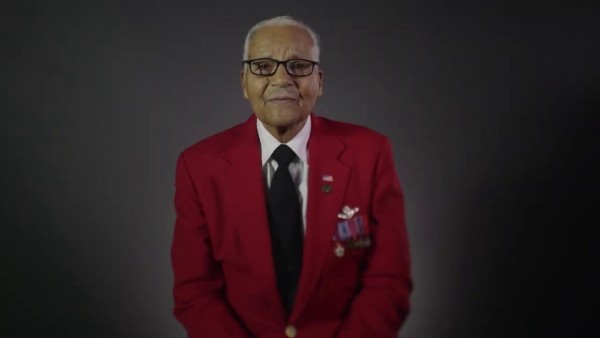Spend time on any Air Force website or social media page these days and you’ll find a key phrase that keeps popping up: multi-capable airmen. Simply put, multi-capable airmen, or MCA, refers to the concept of training airmen to do basic tasks outside their usual specialty. For example, an airman who normally fixes airplanes might learn to patrol an airstrip or help load a cargo jet. The goal is for the Air Force to be able to launch and recover aircraft without the large support bases the service is used to, which could be targeted in a possible war against China or Russia.
Air Force leaders have lauded MCA over recent years, saying it will allow the branch to operate from small landing strips in the Pacific and shake up over-specialization in the service. However, many airmen lower down the chain of command are skeptical, saying MCA is a fresh coat of paint on the phrase ‘do more with less,’ especially as the number of airmen and aircraft continues to shrink.
“The end strength for our United States [Air] Force is not growing,” Air Force Chief of Staff Gen. Charles “CQ” Brown Jr. recalled saying to his commanders in 2020. “Even if it did grow a little bit, you might see one person in your organization. And you probably wouldn’t even notice it.”
As the force grows smaller and workloads seem to grow larger, airmen have good reason to be wary of MCA, despite its potential in a conventional war. Based on interviews with airmen and observations on social media, the suspicion around the concept breaks down into three parts: a pre-existing sense of being overworked and understaffed; a lack of clarity on what MCA will look like; and a lack of trust in the commanders and supervisors who will implement MCA training.
Some of these problems run deeper than MCA, especially as the Air Force struggles with a high number of airmen dying by suicide; concerns over toxic leadership and disparities based on race and sex; and an aging fleet of aircraft and out-of-date infrastructure.
“In my opinion, the multi-capable airmen concept is bonkers,” said one C-17 cargo jet pilot, and he’s far from the only one who thinks that way.
Overworked and understaffed

Long, stressful hours are one of the unifying features of military life, but certain Air Force career fields such as security forces — the Air Force equivalent of military police — and aircraft maintenance seem to get a double dose. In 2019, the Government Accountability Office found that the service had been bleeding experienced maintainers for nearly a decade, which contributed to a “heavy workload and undesirable working conditions,” and a substantial knowledge gap.
Though the service implemented the Government Accountability Office’s recommendations to improve its retention of maintainers, posts about burnout and unsustainable workloads appear nearly every day on unofficial Air Force social media pages on Facebook and Reddit. Several airmen, who spoke to Task & Purpose on the condition their names not be used as they were not cleared to speak to press, said it is difficult enough to bring an airman up to speed in just one job without having to learn several more, as encouraged by MCA.
“Most support agencies struggle to train airmen to be competent in their primary field during their first assignment, why would they want to barely train airmen how to do other jobs as well?” said the C-17 pilot.
“Multi-capable…HAH! More like more task saturation and more mental and physical health issues from poor culture and climate,” said a former C-130 transport plane crew chief.
“‘Multi-capable’ is just rebranded ‘do more with less,’” he added. “It does nothing to alleviate the already abhorrently low manning and systematic mismanagement of available manning.”
Subscribe to Task & Purpose Today. Get the latest in military news, entertainment, and gear in your inbox daily.
Maintenance is not the only career field suffering from low or inexperienced staffing. Every few months, the service posts enlistment or retention bonuses for jobs that are either understaffed or expensive to train people in. Maintenance, cryptologic language analysis and security forces routinely make those lists, along with two to three dozen other career fields.
“Many jobs in the Air Force are actually somewhat understaffed, and having to give people up to support missions like MCA or security forces augmentees does put a strain on them,” said one security forces airman.
When asked about staffing shortages, an Air Force spokesperson pointed out the branch’s most recent bonus offer of up to $50,000 for recruits who sign up for certain career fields like cybersecurity, special warfare and crypto linguistics.
“The Air Force has historically offered monetary incentives for certain career fields via retention bonus programs,” said Rose Riley, deputy chief of media operations for the Department of the Air Force.
Bonuses help with retention, but part of the concern with MCA is simply finding hours in the day to do all the extra work.

“Developing multi-capable airmen increases the training required by adding skills beyond their functional area for personnel to learn,” wrote Capt. Colin Biery, an Air Force civil engineer, in a February essay for War on The Rocks. “The ongoing demands of deployments and installation support make it a struggle for squadrons to build effective training programs, because the personnel qualified to run them are overwhelmingly focused on other tasks.”
That struggle may be even more pronounced for airmen who work on the flight line rain or shine to fix, fuel and arm aircraft, and are often understaffed. It’s not clear yet if certain specialties would be expected to be more highly MCA-trained than others. Riley said that future training requirements “will raise the bar on all airmen to promote a more expeditionary mindset.” However, airmen whose jobs are directly connected to operations “will require more focused training on how to be multi-capable on an airfield.”
When asked if the Air Force had a percentage goal for how much of the force it wants MCA trained overall, Riley said it was yet to be determined.
“The exact breakout of Air Force Specialty Codes [the Air Force term for a specific career field] and required skills are still being determined,” she said. “There is no associated percentage goal at this time.”
The lack of clarity is not new. In September, Lt. Gen. Marshall B. “Brad” Webb, the head of Air Education and Training Command said “the jury’s still out,” when asked if the branch planned on combining Air Force Specialty Codes for multi-capable airmen.
“We’re split really, even at the senior levels of the Air Force, on how we’re going to proceed,” Webb said, according to Air Force Magazine.
The persistent lack of clarity on specific points of MCA since the concept was introduced in 2020 is another element making many airmen suspicious of how it will work in practice.
‘We have to do everything now?’

The Air Force is not the only branch trying to fight lean in the next war. The Marine Corps is downsizing its numbers and upsizing its tech game, in case it needs to seize islands in the Pacific and turn them into floating rocket artillery batteries. The Navy is working on distributed maritime operations, where ships will fight “dispersed across the battlespace rather than power being concentrated on a single carrier strike group,” according to Breaking Defense. Meanwhile the Army is building multi-domain task forces: small units of air defense, cyber and rocket artillery systems that act as mobile fortresses to break through enemy lines and allow friendly forces to follow through.
Experts say that these changes are vital to stay relevant in a future war, which many predict will move faster and strike farther than any war before it. However, each of these systems will also require closer coordination than ever before, and that needs to be taught.
“You want people trained in combat and medical care in the event where you don’t have the support system you normally have to save someone’s life,” said Katherine Kuzminski, senior fellow and director of the military, veterans and society program at the Center for a New American Security. “If airmen are going to require these skills, then the kind thing to do is to train them. But the flipside is it being seen like ‘we have to do everything now?’”
Part of the challenge is that the concept of MCA is still in the development stage. MCA is one tenet of agile combat employment, the overall Air Force strategy for complicating an adversary’s targeting process by standing up more and smaller airstrips across the theater of operations. While Air Force leaders have been advocating agile combat employment for years, MCA is still skimpy on details. The Air Force defines MCA as “airmen capable of accomplishing tasks outside of their core Air Force Specialty. Specifically, these personnel are often trained as a cross-functional team to provide combat support and combat service support to ACE force elements.”
But answers to the nitty-gritty questions, such as what kind of tasks are involved, how much time it will take and which airmen need to be trained, are still being worked out.
“Work currently underway is focused on establishing cross-functional training requirements and training packages for commanders, as well as validation methods that will present an airman prepared to execute missions based on emerging operational timelines,” Riley said.

So far, there are three general categories for what MCA training will look like: basic airman readiness, basic deployment readiness, and advanced deployment readiness. While the exact requirements for each are still being hashed out, details have emerged from MCA training events like the one held at Moody Air Force Base, Georgia in 2020. Over the course of four weeks, airmen learned two tiers of MCA. Tier 1 consisted of expeditionary skills such as base defense, communications, combat casualty care, tent build-up and runway repair. The focus was on teaching non-security forces airmen how to secure and defend an airfield.
“We’re really focused on making everyone a defender first because [we have] such a small footprint and don’t have massive numbers of security forces and perimeter setup,” Capt. Brennan Gallagher said in a press release at the time. “We’re doing that in order to gain and maintain a piece of earth and from there, they’re going to do their other skill sets.”
By contrast, Tier 2 shows non-maintenance airmen how to help generate sorties and maintain aircraft, like teaching security forces airmen how to refuel jets and do basic repairs. Airmen who participated seemed to enjoy the exercise.
“I’ve learned how to do static defense, shooting, moving, and setting up defensive fighting positions,” Senior Airman Gabriel Vorce, an A-10 attack jet maintainer, said at the time. “I think it’s important because it makes it so that if one [Airman] goes down, we don’t have to end the mission.”

Beyond examples like the one at Moody though, it’s not clear what MCA training will entail for the rest of the Air Force, which leads to uncertainty for the rest of the service.
“This is what becomes complicated when the plan is released before the details are fleshed out,” Kuzminski said. “If I’m thinking from the perspective of a junior enlisted person, you’re worried about being fully qualified in your career field, so how do they indicate you have MCA training too, and which kind of training?”
Junior enlisted airmen often have to master highly-technical systems such as aircraft avionics, air battle control computers, or multi-million dollar jet engines. But that’s just for their jobs. Like all service members, airmen have requirements they must meet, in addition to dealing with the recurring challenges of military life: preparing for the next physical training test; taking mandatory classes on mental health and sexual assault and harassment prevention; and, for younger airmen, they have to adapt to living away from home for the first time. When MCA training becomes yet another requirement to fulfill, it’s important to clearly communicate what the expectations and benefits are of attending that training, said one Air Force officer with experience in both operations and aircraft maintenance.
“One reason it might not be so popular is that the service is asking people to take on more diverse responsibilities without any well-advertised tangible or intangible benefits” such as pay, career enhancement or the chance of promotion, said the officer.

Air Force leaders can be like corporate executives in the private sector because they become easily excited about gaining flexibility from the workforce, the officer explained. However, flexibility costs time and money, especially if leaders want airmen to maintain proficiency in those skills. It also requires some tact to make it not seem as if it were the Air Force brass’ “birthright to push direction from the top blindly,” he said.
“If you’re hearing negative reactions, I suspect the [general officers] showed their cards (interested in making their operating models work or cutting manpower costs or both), without even thinking of why an enlisted airman should see that favorably,” the officer added. “I would imagine the airmen read those cards as: ‘Here, you guys take on more work and more risk on a vague plan, and that’ll be great for us. M’kay, thanks.’”
Other sources agreed that something was missing in the way top Air Force brass communicated their plans for multi-capable airmen to the actual airmen who’d be tasked with making that happen.
Opaque messaging from leadership contributes to the final reason why many airmen are skeptical of MCA: they simply don’t trust their leaders.
Lack of trust
Along with the strategic transition the Air Force hopes to achieve in order to win a possible fight against China, the service is also in the midst of a social transformation to try to become more open to non-white, non-male airmen, more positive about mental health, and to crack down on toxic leaders in the ranks. But it’s been a difficult road, and many airmen find their faith shaken in the Air Force as an institution.
“MCA is a great concept on paper and would allow continued sustained performance in short or dynamic ops tempos — however in practice this will be abused and airmen quality of life will continue to suffer,” said one C-17 crew chief.
“‘The beatings will stop when morale improves,’” he added. “In this case, they’re working our people harder than ever, expecting more from them, and doing nothing different currently to take care of them.”

In the civilian world, frustrated employees can at least get mental health help without it impacting their career. But in the military it’s not so simple. In February, an Air Force judge advocate wrote for Task & Purpose that confidentiality around mental health appointments is limited, and commanders are made aware of any amount of medication or change in a prescription.
“One cause of the high suicide rate in the Air Force is simple,” Maj. Spencer Nelson wrote for Task & Purpose. “Airmen, like me, do not trust the command-driven mental health system.”
Toxic commanders could easily abuse that power, which partly informs why airmen fear they will also abuse the concept of MCA. At its heart, MCA makes a lot of sense, and who can oppose airmen being better prepared for the next war? But many of the airmen who spoke to Task & Purpose said they fear that in the wrong hands, MCA is just another buzzword to justify even more work.
“Not focusing on your primary job has been a consistent problem since I’ve been in the Air Force, and I blame our promotion system,” said the C-17 pilot. “Volunteering activities and planning the squadron Christmas party get people promoted. Being good at your primary job is not valued the same way.
“That good idea fairy needs to be put back in the box;” he added. “Sounds like someone is fishing for a way to make a name for himself.”
That sentiment was echoed by the C-17 crew chief.
“If they weren’t just rebranding ‘do more with less’ with a shiny, less-triggering phrase, and actually working to reduce the workload and create a more dynamic workforce then I’d be on board,” he said.
In the end, however, airmen have little choice but to take part in MCA training, should their unit be ordered to do so. If the next potential war pans out in the way Air Force leaders expect it to, MCA might prove to be a powerful asset.
MCA “is trying to think through the warfighting environment of future and train manpower to meet those concepts, which is actually a healthy thing for the Air Force to be doing,” Kuzminski said.
But when airmen get back from training, these institutional problems behind the mistrust of MCA remain, and they do not seem to be going away anytime soon.
“Overworked feelings, low morale, poor job satisfaction, high ops tempos, lack of supporting agencies, queep [slang for paperwork], has eroded trust in leadership,” said the former C-130 crew chief. “People can see through the crap.”
What’s new on Task & Purpose
- ‘Red Dawn’ hits Ukraine after destroyed Russian armor gets tagged with ‘Wolverines’
- Marine Corps fires commander and sergeant major of Hawaii infantry battalion
- Inside the Air Force’s secret mission to lift half a ton of enriched uranium out of Kazakhstan
- Airmen are pissed that an entire C-17 crew except for the maintainer received a Distinguished Flying Cross
- This Army sniper team just outshot 29 other elite teams from around the globe
Want to write for Task & Purpose? Click here. Or check out the latest stories on our homepage.

